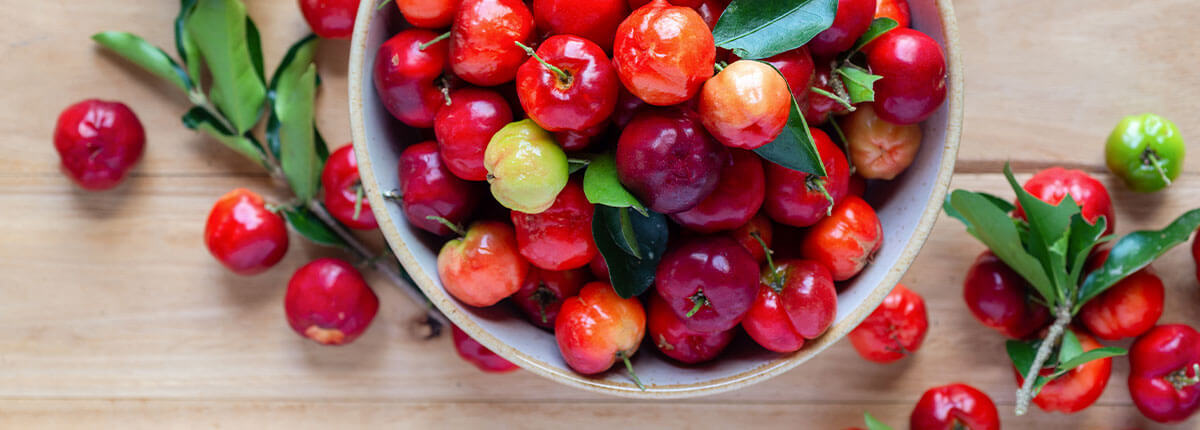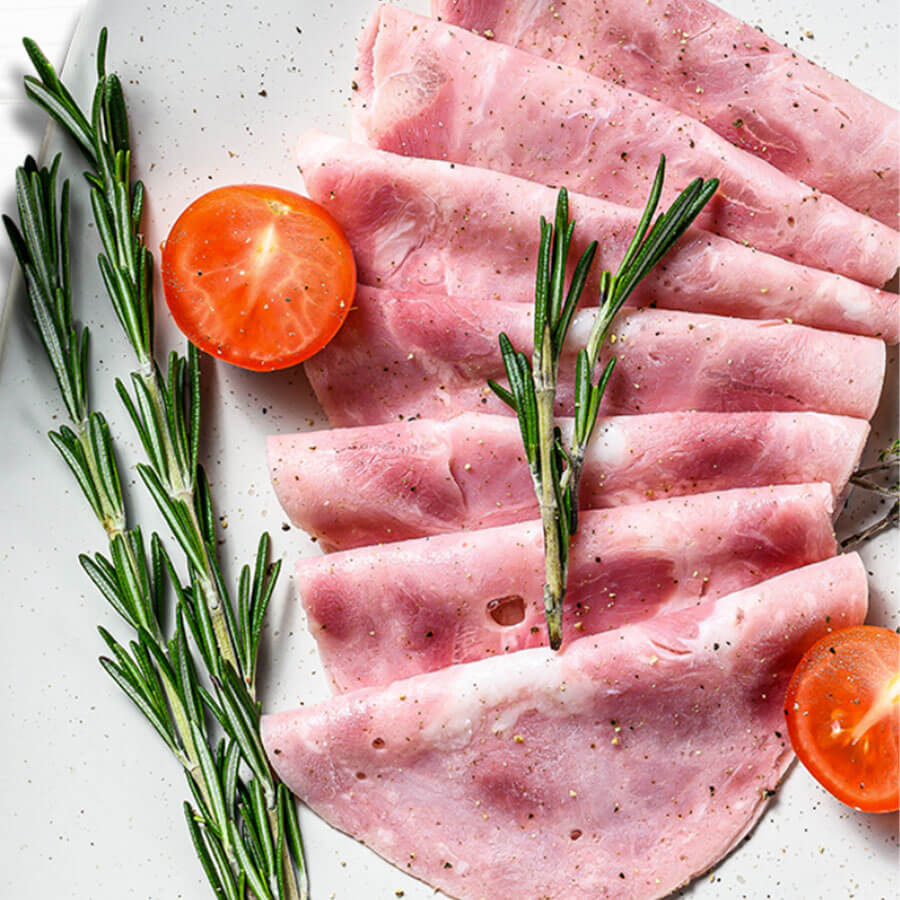Wenda Ingredients Launches New Solution to Intensify Meaty Taste & Juiciness
Introducing HyBind PR3 a true phosphate replacer versatile across meat types. Naturally enhance yield and texture.
Read
The Power of Natural in Optimizing and Retaining Cured Color
EVEN AS THEY ARE DRIVEN by taste expectations and concerns like health and wellness, consumers most often buy with their eyes. If a meat or deli product doesn’t look appealing at the point of sale – say, a grey-ish strip of bacon or an off looking slice of ham – a shopper will move along to another product and, importantly, may not come back to that brand next time.
If judging by appearance is human nature, ingredients found in nature can hold the key to producing meat and poultry products that are appealing on all sensory levels and for a range of lifestyle reasons. Plant-based ingredients such as cherry powder, beet powder and celery powder offer several functional benefits that ultimately impact the functionality, taste and visual appeal of finished products.
As many as 73% of consumers said they will pay a higher price for foods made with ingredients they know and trust.
— Source: Ingredient Communications
These natural ingredients are particularly impactful in cured products. Color is a crucial attribute of cured meat and poultry products, in attracting – and keeping – consumer attention. For many cured products, whether meats for ever-popular charcuterie trays, sausages for the grill or luncheon meats and bacon for sandwiches, a vibrant cured color conveys freshness and quality.
Plant-based ingredients impact a variety of functions and characteristics in cured meats, especially color. How does cure color work from a scientific standpoint?
Consumers perceive quality based on the appearance of meat and poultry, and appearance is a top purchase driver.
— Source: FMI, the Food Industry Association, “The Power of Meat” study

To produce a cured product with the desired color, it’s paramount to start with the meat. Certain qualities of raw meat make a difference for the best uptake of nitrite for cured color, such as freshness, pH and the amount of red blood cells still in the meat, among other factors.
“The most important figures in terms of curing are the amount of ingoing sodium nitrite and the amount of myoglobin, or oxymyoglobin, in the meat. The more active an animal is the more myoglobin is in the muscle,” explains Philipp Martin, Director of R&D for Wenda Ingredients. “Thus, the higher the amount of myoglobin in sausages or hams, the better the curing color.”
More than 2 in 3 adult consumers (64%) say they try to choose foods made with clean ingredients.
— Source: International Food Information Council
The choice of ingredients during the curing process is crucial. For example, acerola cherry powder (ACP) is a natural form of ascorbic acid (vitamin C) that when coupled with a high quality nitrite source that dissolves well in brine, helps prevent oxidation and ultimately provide the best cure color for consumer appeal.
According to Martin, “An optimal natural curing process always includes using cherry powder in conjunction with plant-based nitrite, to accelerate the process of NO2 to NO, but also to stabilize the meat from oxidation,” he says. “While oxidation will happen, as it does with all meats, cherry powder stabilizes it from premature oxidation. The goal is to prevent oxidation before spoilage.”
Plant-based ingredients like cherry powder, beet powder and celery powder offer several benefits for cured meat products. In addition to preventing oxidation and ensuring appealing color, plant-based ingredients are considered by the U.S. Department of Agriculture (USDA) to be an approved antimicrobial and a natural source for use in meat and poultry when FSIS usage guidelines are followed.
According to USDA/FSIS, natural sources of nitrite and ascorbic acid (vitamin C) as an antimicrobial can be used as a component in product formulation at a rate of a minimum 75 ppm of nitrite from natural sources and minimum 500 ppm of ascorbic acid from natural sources, or at a rate of a minimum 100 ppm of nitrite from natural sources and minimum 250 ppm of ascorbic acid from natural sources by weight of the finished food product.
Even if or when USDA’s regulations regarding “uncured” labeling change, these plant-based ingredients will still be deemed acceptable and very much needed considering their effectiveness for cost, taste, eye-appeal, shelf-life, pathogen protection, and more.
Wenda’s plant-based ingredients are functionally and aesthetically high performing in cured meat applications. Because Wenda’s powders are free-flowing and have a smaller mesh size, they are easier to use in production settings. These ingredients will not clog injector needles, and they will not oxidize. Through a proprietary patent-pending filtration process, the products have virtually limited-to-no flavors, smells or colors, allowing for ultimate cure color intensity and stability.
